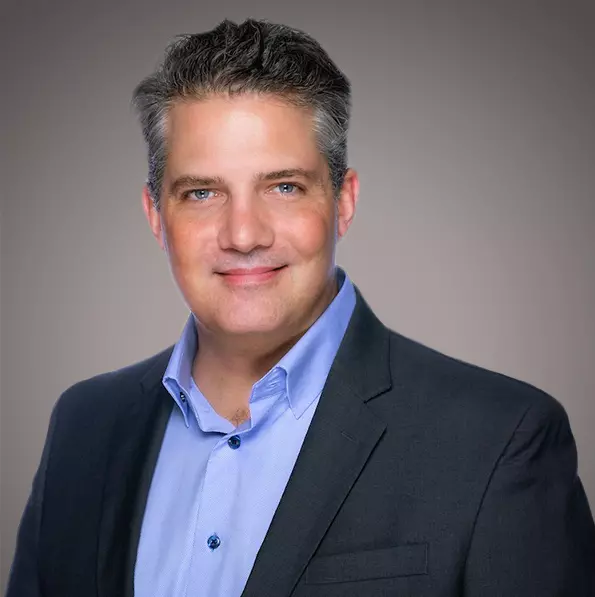I recently had the pleasure of appearing on the Davood for Thought podcast. The host, Davood Ghods, is Vice President of Government Solutions at Direct Technology, so it was both enlightening and enjoyable to share insights with him. We discussed how we as an industry need to pursue innovation to solve real-world problems, as opposed to pursuing innovation for the sake of innovation.
Specifically, we talked about how a “business first” mindset would impact the following topics/trends in 2022 and beyond:
“Business IT” must replace “shadow IT.”
A CIO, recalling a quote from his CEO, said this during a roundtable that I participated in last year. I wholeheartedly agree because we need to stop thinking about “controlling” business users/employees adopting new technologies and start thinking about better supporting them.
Here’s what may sound like an uncomfortable truth: IT no longer has exclusive rights to technology. Nor do non-IT employees perceive digital tools as mysterious “things” that work in magical ways that only IT people understand. Let’s face it: We’re all technologists now. A college professor recently told me that Python is the top language students are currently learning–more than any actual, spoken language.
This means business users can type keywords into a search engine while trying to solve a problem and find cloud-based solutions to help them. Then, they trial a solution and tell their coworkers about it. Within a short period of time, the entire department has “fallen in love” with the tool, and–presto!–we have another example of what we’ve been calling “shadow IT.”
That’s why we need to take a “business IT” approach, by staying closely connected to company departments. When users/employees want to acquire a new product, we should ask them “What problems are you trying to solve?” Then we can assess whether these are business unit-specific problems or enterprise-wide ones. If it’s the latter, we understand we’re helping everyone across-the-board by working with the business unit on the implementation of the new solution. This, in turn, makes us all better and allows us to more effectively support–instead of control–the way we use technology.
Optimal resiliency starts with the “time clock.”
Resiliency is about keeping everything running no matter what disruptions–a natural disaster, a cyber assault, the pandemic, etc.–hit us. No one saw the Log4j vulnerability coming and they also didn’t realize it would stop, for instance, time clocks from running which employers rely upon to manage payrolls.
Resiliency is about anticipating everything that can happen and then identifying the worst places for a disruption to occur. We have to ask ourselves, “If it happens in the ‘worst place,’ what do we do? How do we recover? Do we have an offline/backup way of keeping time clocks running?” Once you resolve this, then you work down the list until you’ve covered all business-critical areas and functions.
Digital transformation is about creation–not just modernization.
Amid the pandemic, many thought of Zoom as a new, great innovation. But it wasn’t. It was a modern way of conducting a video conference without the heavy burden of traditional methods.
In inspiring our Netskope teams to rise to the challenges of a true transformation, I encourage them to invent new solutions to, again, solve real problems (instead of merely just modernizing existing technologies). To cite an example, we’re constantly attempting to reduce the dwell time that cybercriminals spend inside of a compromised network area to do bad stuff. Part of the dwell time comes from the lag between discovering a potential vulnerability and/or malicious activity and getting a person from the security team to remediate it.
Right now, we’re working with artificial intelligence/machine learning (AI/ML) to eliminate the human-based lag factor and dramatically decrease dwell time. But this is only one example that speaks to our greater mission: To look at the problems in front of us and figure out how to put the technology pieces together to solve them.
An old boss once told me, “You have two ears, two eyes, and one mouth–use them in this proportion.” I always think of these words in my day-to-day work. During our podcast, I told Davood that my job is about unlocking the potential of my team members. I aspire to help them discover new ideas and capabilities which they never knew existed. Then we share what we’ve learned and apply it to the issues that government agencies are trying to address.
At Netskope, we’re constantly using our ears and eyes to both learn from our customers, and help them with our cloud security expertise and platform. If this sounds like something you’d like to discuss further, then please contact us.




 Back
Back 















 ブログを読む
ブログを読む